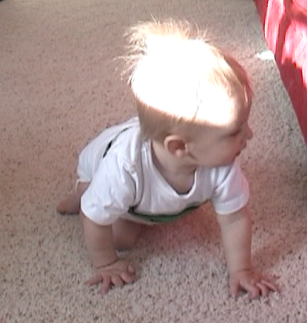For the third year in a row, STA and I, along with our kids, FWA and RJP, are driving to Zion National Park in Utah. This year, all four of us have iPhone/iPod cameras. I’m hoping that we can use them to experiment with different ways of telling our stories. I’m especially interested in finding ways to counteract the telling of a “single story”/ master narrative about our trip. So far, our Utah digital stories have been from my perspective. I’m curious, how do STA, FWA and RJP experience Utah? What stories do they want to tell about it?
a tentative plan
Each family member is required to create a daily digital moment of our trip. These “moments” should roughly be a minute long and can use voice-over, photos and/or video footage shot on that day and edited using iMovie for iPhone. Should we able to use each other’s footage too?
The primary goal is to create a collection of stories that don’t tell the same story and that reflect our different experiences on the trip. Another goal is to get the kids experimenting with iMovie. It’s really easy to use and I think they might enjoy creating their own stories–especially RJP.
